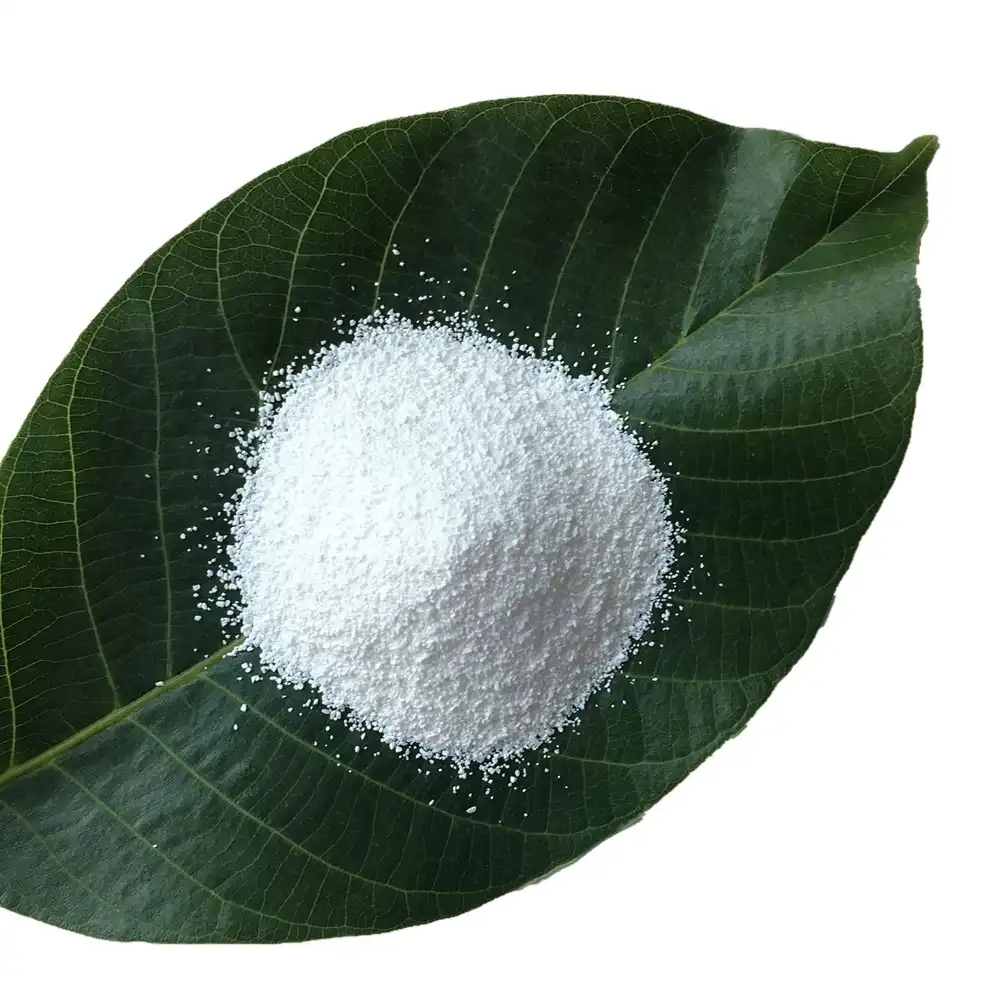1. Effect of magnesium oxide addition on magnesium oxide content in FCC catalyst
Comparison of magnesium oxide addition and magnesium oxide content in FCC catalyst. There is no linear relationship between magnesium oxide addition and magnesium oxide content in catalyst. When magnesium oxide addition is less, magnesium oxide content in catalyst increases faster. When magnesium oxide addition is more, magnesium oxide content in catalyst increases slowly. This may be because the catalyst surface contains a certain number of acidic centers that can react with magnesium oxide to produce acid-base reaction. When the acidic active centers on the catalyst surface react with magnesium oxide to saturation, magnesium oxide is difficult to enter the pores and react with the internal acidic active centers, so that the magnesium oxide content in the catalyst increases slowly.
2. Effect of magnesium oxide content on acid type and acid amount of FCC catalyst
The acid type and acid amount of magnesium oxide modified FCC catalyst were determined by infrared spectroscopy, and the acid amount was obtained by integrating the peak area. After magnesium oxide modification, FCC catalyst contains L acid and B acid, and its acid amount increases first and then decreases with the increase of magnesium oxide content, reaching the maximum value when the magnesium oxide content is about 1.50% (D). The overall acid strength of magnesium oxide modified FCC catalyst is mainly weak acid (peak around 150℃). The strength of weak acid changes greatly, while the strength of medium-strong acid (peak around 300℃) does not change much. As the magnesium oxide content increases, the acid strength of FCC catalyst at around 150℃ first increases and then decreases. When the magnesium oxide content reaches 1.50%, the acid strength of the catalyst surface reaches the maximum value, indicating that adding an appropriate amount of magnesium to the FCC catalyst can increase the acid strength of the FCC catalyst surface.

Since the magnesium element exists in the form of MgO, Mg2+Mg(OH)*Mg(OH)₂, etc., its existence form will directly affect the acid content and micro-reaction of the molecular sieve surface. The introduction of magnesium element into the FCC catalyst may form a new compound through the interaction between magnesium element and the active center on the catalyst surface. The acidity of hydroxyl in this compound may be stronger than that of silanol hydroxyl, thereby increasing the acidity of the FCC catalyst. Since the number of acid centers on the surface of the FCC catalyst is limited, the acidity on the catalyst surface no longer increases when the magnesium oxide content reaches a certain value.
3. Effect of magnesium oxide content on the micro-reaction activity of FCC catalyst
The micro-reaction activity of FCC catalyst increases first and then decreases with the increase of magnesium oxide content. When the magnesium oxide content is 1.50%, the micro-reaction activity of FCC catalyst reaches the maximum value. This is because, on the one hand, the addition of an appropriate amount of alkaline earth metal magnesium element in the catalyst improves the interaction between the matrix and the active center. This strong interaction may improve the dispersion and anti-sintering ability of metal element magnesium on the surface of FCC catalyst, reduce the amount of carbon deposition on the surface of the catalyst, and increase the activity of the catalyst. On the other hand, the addition of an appropriate amount of magnesium oxide in the catalyst may interact with the free aluminum in the catalyst to form magnesium-aluminum compounds, which can improve the micro-reaction activity of the catalyst. When the magnesium oxide content exceeds 1.5%, as the magnesium oxide content increases, its micro-reaction activity decreases instead. This may be because excessive magnesium oxide is deposited in the catalyst pores, reducing the catalyst pore volume and surface area, thereby reducing the catalyst micro-reaction activity.
4. Effect of magnesium oxide modification on the reaction performance of FCC catalyst
Compared with the unmodified FCC catalyst, the light oil yield and total liquid yield of the magnesium oxide modified catalyst are significantly increased. With the increase of magnesium oxide content, the conversion rate first increases and then decreases. When the magnesium content is about 1.50%, the conversion rate reaches the maximum value; the coke selectivity (coke factor) shows a trend of first decreasing and then increasing with the increase of magnesium oxide content. Its change law basically corresponds to the activity. When the activity is high, the coke selectivity reaches the optimal value.
Conclusion:
Hebei Messi Biology Co., Ltd. stated that magnesium was introduced into the catalytic cracking (FCC) catalyst by impregnation method, and the acid content and micro-reaction activity of the sample were characterized by infrared spectroscopy (FT-IR), ammonia temperature-programmed adsorption and desorption (NH3-TPD), and micro-reaction activity (MAT) determination device, and the catalytic cracking riser pilot device was used for evaluation. The results show that when the FCC catalyst is modified with magnesium oxide, with the increase of magnesium oxide content, the amount of L acid and B acid on the catalyst surface first increases and then decreases, the acid strength of the catalyst at about 150°C first increases and then decreases, the microreaction activity, conversion rate and coke selectivity of the catalyst first improve and then deteriorate, and when the magnesium oxide content is about 1.50% (mass fraction), the total acid amount, acid strength and activity of the catalyst are the highest, and the conversion rate and coke selectivity of the catalyst also reach the optimal value.
